so we had arrived in Puno and witnessed a strike, had got some lunch and taken a quick look around, but other than that we had a whole day we hadn't planned to have in this town and we didn't know what to do with it. so we hit up some tourist agency to see what kind of cultural things we had missed on the way down from Cuzco and what may be near enough to do in a day, and as luck would have it we weren't disappointed.

on the altiplano, you may grow sturdy but you don't grow tall: Jill and i at a bizarre roadside attraction on a hill overlooking Lake Titikaka.
we were able to book an afternoon tour to a little place called Sillustani, just off the road back to Juliaca. there we would be taken to see the remains of some ancient funerary structures of the Colla people, a group of the indigenous Aymara who, along with the rest of them were conquered by the mighty Incas who rolled into town in the 1400s. the Collas lived on very high, windswept plains and buried their nobles in stone towers, the better to worship them, you see. each tower appears to have been a mostly hollow cylinder whose height indicated the relative importance of its family of inhabitants, with a beehive shaped stone mound inside that actually housed the mummies. it is thought that the beehive shape was intended to represent femininity, while the cylinder evoked a more masculine idea. and that's what made our tour so comical, and not to the youngest members of our party either...

above, clockwise from top left: Jill with the roadside puma, an important animal in the Inca culture; Jill taking in the eerie desolation of Sillustani's high plateau; our tour guide, explaining the penes over and over again; the 2-Sol (67-cent) picture of Jill with the baby llama, cheap at twice the price; and some hardy-looking, red-cheeked children of the high Andes. below, Sillustani was bleak in a beautiful way, feeling somewhat medieval to me somehow.

the problem with tours is that you usually have to take them with other people, and generally there are bound to be some you'd rather not travel with. unfortunately, this tour was no exception, and the problem pair in this case were an old couple from somewhere in Spain, so you wouldn't have thought they'd have language problems. actually the guy seemed alright, but he was hard of hearing and so maybe it was his fault that his wife was as loud and terrifically obnoxious as she was. when we were standing up on the plain and Jefe was explaining what the so-called chullpas were, he would get a bit shy and give all references to phalluses in a rather timid voice, so much so that the the Spanish guy couldn't hear him. he kept asking his wife what was being said, and as we were standing on what was supposed to be hallowed ground, the cold wind blustering through the tall montane grass, she finally gave in and yelled at him: "como un PENE!" i was glad i knew enough Spanish to be amused at the exceedingly inappropriate way old ladies sometimes talk.
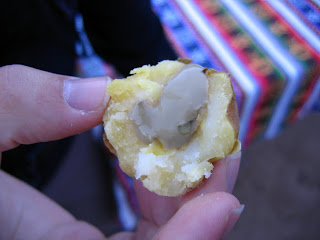
above, who needs gravy for potatoes when you've got... clay? below, clockwise from top left: Jill and i with the Familia Vilca of Atuncolla; Jill with their pet alpaca (note the stubbier nose and shorter ears than on a llama); myself and Senor Vilca with the same alpaca and a couple of llamas; some pet--and i use that term very loosely here--guinea pigs, the nearest of which is very pregnant; and the entrance to the little village of Atuncolla.

if people are going to be extremely annoying, at least they should provide some entertainment, even if it only lasts a few moments. but the remainder of the trip we distanced ourselves from the Penes so as not to offend our new friends the Vilcas. after the plains of Sillustani, we stopped in a small village named Atuncolla, where the few residents lived simply and mostly self-sufficiently, it seemed, their children wearing handmade traditional clothes and sporting the chapped red cheeks common to young inhabitants of the altiplano. we toured the housing compound of the Familia Vilca, which consisted of a courtyard enclosed by a wall of mud bricks and a few small structures, each with its own purpose in mind. they had their own living quarters, some guest quarters that could be rented very cheaply if one desired such an authentic experience, a cooking area, a sort of shed, and a hutch for the guinea pigs. to avoid being indelicate about what the guinea pigs were for, i will say that the Vilcas were feeding their guests on this tour; we weren't treated to anything quite so lavish, but i hope you get the idea. instead, we had some homemade cheese, which i understood came from either the llamas or the alpaca, some potatoes, and some clay. yes, they made us a steaming pot of clay. to eat. it was grayish brown and fairly runny, and we were to break the small potatoes and eat them with some clay on top, like it was some sort of gravy. it actually wasn't bad at all, but we really didn't know what the point was or who first figured out that eating clay was a great idea. as it turned out, it may not have been in my case, as my guts were beginning to feel a bit the worse for wear from our strike-side lunch, but what i began feeling that evening was just the beginning and would make the next day's trip far worse than even the Familia Pene could have done.

on the altiplano, you may grow sturdy but you don't grow tall: Jill and i at a bizarre roadside attraction on a hill overlooking Lake Titikaka.
we were able to book an afternoon tour to a little place called Sillustani, just off the road back to Juliaca. there we would be taken to see the remains of some ancient funerary structures of the Colla people, a group of the indigenous Aymara who, along with the rest of them were conquered by the mighty Incas who rolled into town in the 1400s. the Collas lived on very high, windswept plains and buried their nobles in stone towers, the better to worship them, you see. each tower appears to have been a mostly hollow cylinder whose height indicated the relative importance of its family of inhabitants, with a beehive shaped stone mound inside that actually housed the mummies. it is thought that the beehive shape was intended to represent femininity, while the cylinder evoked a more masculine idea. and that's what made our tour so comical, and not to the youngest members of our party either...

above, clockwise from top left: Jill with the roadside puma, an important animal in the Inca culture; Jill taking in the eerie desolation of Sillustani's high plateau; our tour guide, explaining the penes over and over again; the 2-Sol (67-cent) picture of Jill with the baby llama, cheap at twice the price; and some hardy-looking, red-cheeked children of the high Andes. below, Sillustani was bleak in a beautiful way, feeling somewhat medieval to me somehow.

the problem with tours is that you usually have to take them with other people, and generally there are bound to be some you'd rather not travel with. unfortunately, this tour was no exception, and the problem pair in this case were an old couple from somewhere in Spain, so you wouldn't have thought they'd have language problems. actually the guy seemed alright, but he was hard of hearing and so maybe it was his fault that his wife was as loud and terrifically obnoxious as she was. when we were standing up on the plain and Jefe was explaining what the so-called chullpas were, he would get a bit shy and give all references to phalluses in a rather timid voice, so much so that the the Spanish guy couldn't hear him. he kept asking his wife what was being said, and as we were standing on what was supposed to be hallowed ground, the cold wind blustering through the tall montane grass, she finally gave in and yelled at him: "como un PENE!" i was glad i knew enough Spanish to be amused at the exceedingly inappropriate way old ladies sometimes talk.

above, who needs gravy for potatoes when you've got... clay? below, clockwise from top left: Jill and i with the Familia Vilca of Atuncolla; Jill with their pet alpaca (note the stubbier nose and shorter ears than on a llama); myself and Senor Vilca with the same alpaca and a couple of llamas; some pet--and i use that term very loosely here--guinea pigs, the nearest of which is very pregnant; and the entrance to the little village of Atuncolla.

if people are going to be extremely annoying, at least they should provide some entertainment, even if it only lasts a few moments. but the remainder of the trip we distanced ourselves from the Penes so as not to offend our new friends the Vilcas. after the plains of Sillustani, we stopped in a small village named Atuncolla, where the few residents lived simply and mostly self-sufficiently, it seemed, their children wearing handmade traditional clothes and sporting the chapped red cheeks common to young inhabitants of the altiplano. we toured the housing compound of the Familia Vilca, which consisted of a courtyard enclosed by a wall of mud bricks and a few small structures, each with its own purpose in mind. they had their own living quarters, some guest quarters that could be rented very cheaply if one desired such an authentic experience, a cooking area, a sort of shed, and a hutch for the guinea pigs. to avoid being indelicate about what the guinea pigs were for, i will say that the Vilcas were feeding their guests on this tour; we weren't treated to anything quite so lavish, but i hope you get the idea. instead, we had some homemade cheese, which i understood came from either the llamas or the alpaca, some potatoes, and some clay. yes, they made us a steaming pot of clay. to eat. it was grayish brown and fairly runny, and we were to break the small potatoes and eat them with some clay on top, like it was some sort of gravy. it actually wasn't bad at all, but we really didn't know what the point was or who first figured out that eating clay was a great idea. as it turned out, it may not have been in my case, as my guts were beginning to feel a bit the worse for wear from our strike-side lunch, but what i began feeling that evening was just the beginning and would make the next day's trip far worse than even the Familia Pene could have done.





































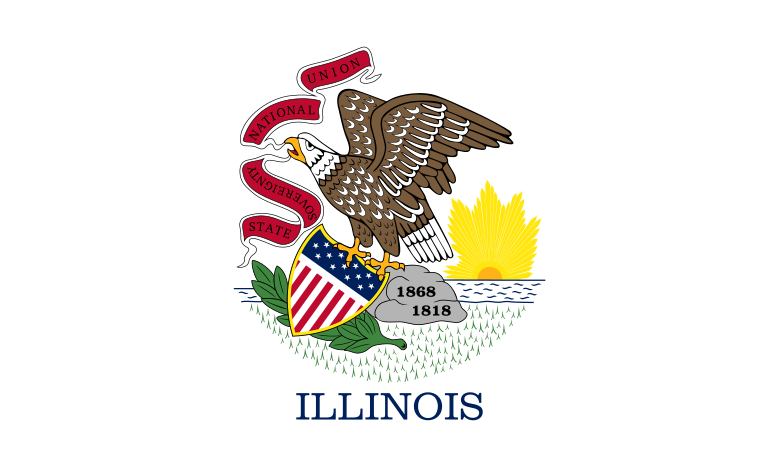




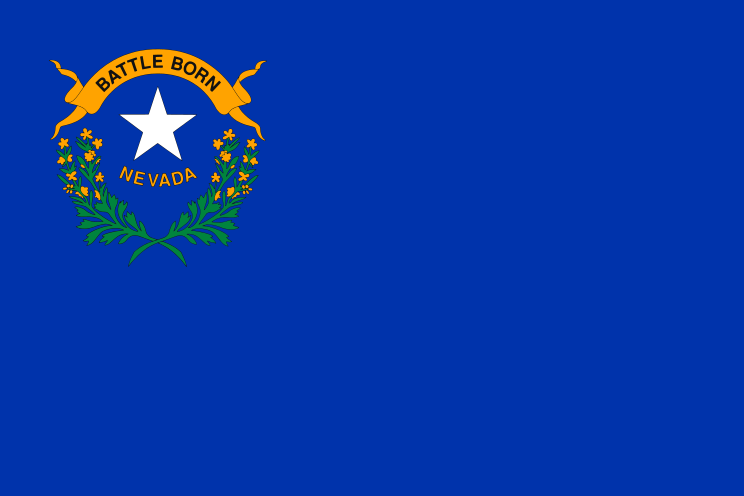




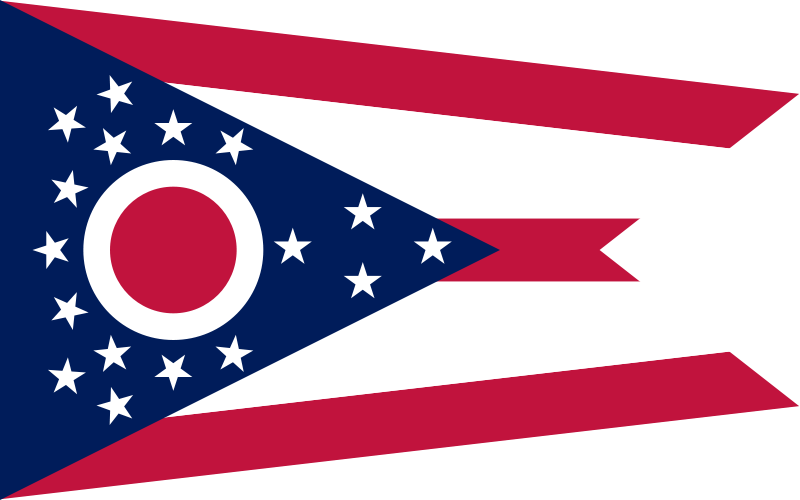

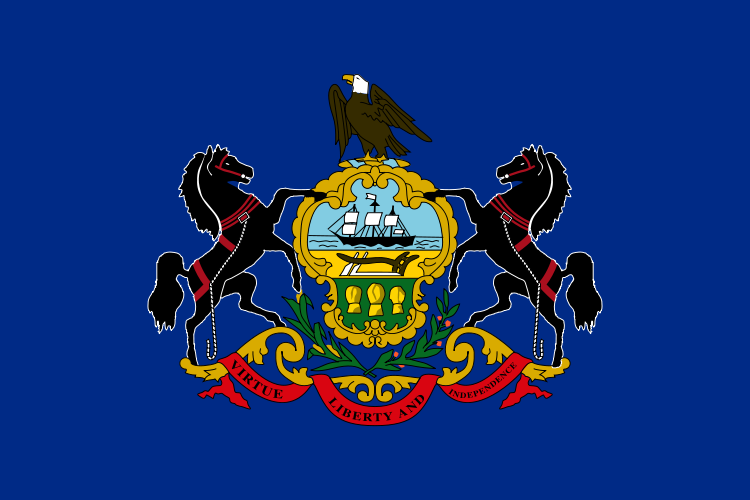





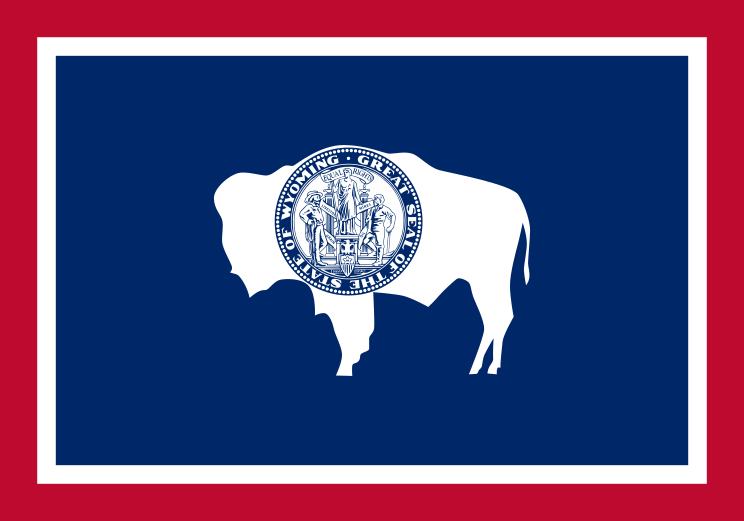
No comments:
Post a Comment